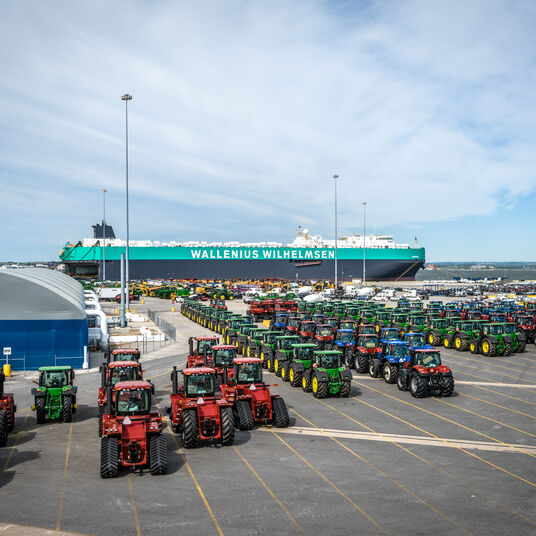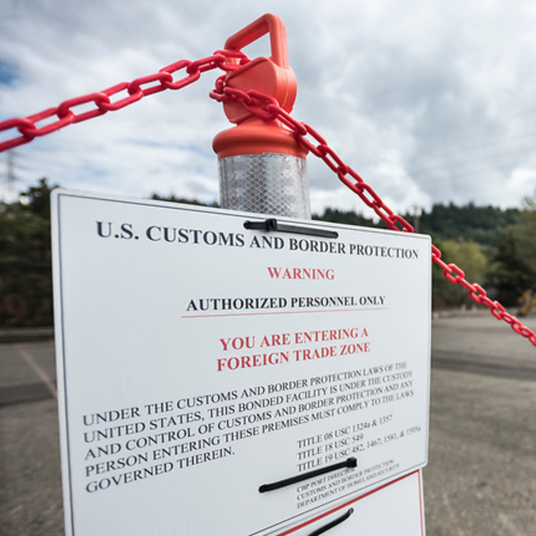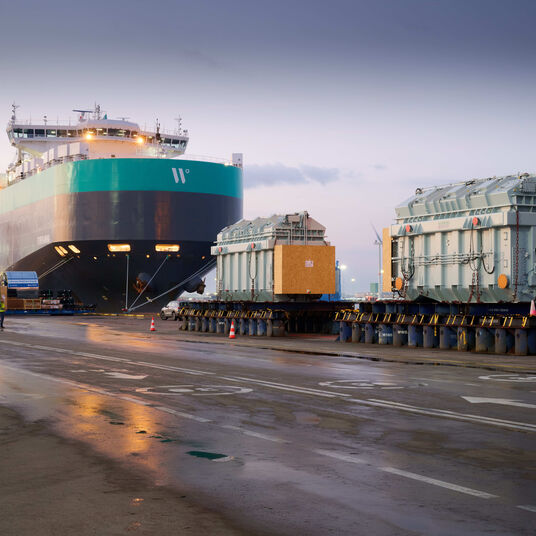5 reasons why you should choose RoRo for your breakbulk
Did you know that our RoRo carriers actually are perfectly built to carry other cargo beyond cars? Let’s take a look at why you should choose RoRo for your breakbulk cargo.

1. Our RoRo vessels can handle most breakbulk cargo
While RoRo vessels are mostly known for transporting cars, and possibly tractors and other rolling cargo, our vessels are especially equipped to transport much more than cargo on wheels.
How would rail cars, heavy mining equipment, construction machinery, power transformers and installations for the oil and gas industry be transported in the best way?
On our RoRo vessels! Our vessels’ design is especially suitable for most types of breakbulk cargo with strong ramp capacity, wide and high doors and hoistable decks.
2. Shipping breakbulk on RoRo vessels is extraordinarily safe
In contrast to other shipping solutions for breakbulk, transporting the cargo on RoRo vessels require minimal handling and lifting of the cargo.
Not needing to lift the cargo is the key. It reduces the risk of damage related to cargo handling. It also addresses the issue that some types of breakbulk cargo do not handle being lifted, such as rail cars. Not having to lift the cargo also eliminates damage and marks on the cargo made from the chains and ropes used to lift.
The cargo will also be protected from being exposed to weather and sea spray, as it is always stored under deck in a ventilated environment – further preventing damage.
3. We operate like a global liner service with predictable schedules
Our global RoRo network operates as a liner service with fixed sailing schedules and frequent sailings.
Operating like a liner service gives our customers greater flexibility as it requires much less need for storage at origin or destination, which is not the case when choosing other shipping options.
For you, this means enhanced predictability which allows for planning ahead and improved supply chain orchestration. This can, in turn, keep costs down.
4. RoRo is cost-efficient
Choosing RoRo is cheaper for several reasons.
First, savings provided by services like load-on, load-off (LoLo) and container vessels will often be cancelled out by other additional costs such as labor costs and equipment rental, and so on.
All these added expenses are prized in for RoRo transport and is therefore more transparent on the actual cost of shipping your breakbulk. It might also mean a lower overall price.
Another reason of why RoRo could be cheaper for your breakbulk cargo is because of the predictability of RoRo being a liner service with fixed schedules. This eliminates the need for expensive storage at the port while waiting for the right vessel.
5. Specialized equipment needed? We’ve got it
We know that breakbulk cargo is special and often needs special attention. That often requires special handling equipment too.
That is no problem for us as we have, over the years, developed a large portfolio of various handling equipment. The equipment includes roll trailers, multi-purpose bogies, Samson heavy lift trailers, blocks and beams, and bolsters.
Many of these we design in-house for specific cargo. Our experts, who work on these types of projects are extremely driven to innovate equipment to best fit specialized cargo, read about one of them here.


